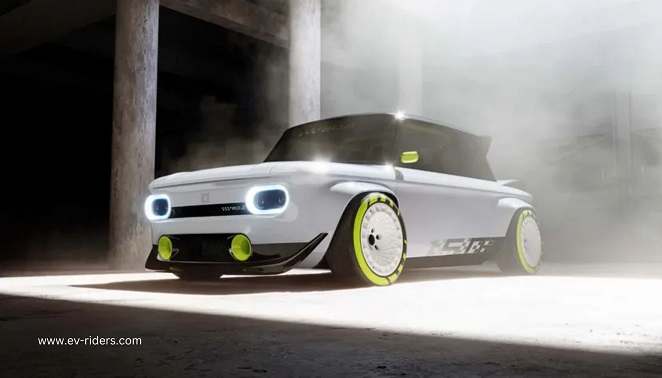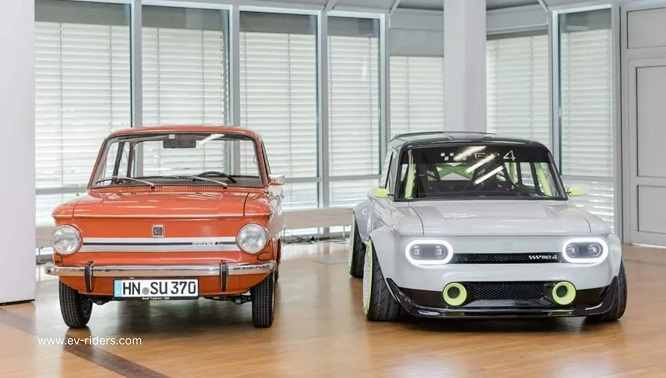Audi makes a radical electric sports car to transform the classic NSU Prinz
One of the most complicated and fascinating histories in the automobile industry is undoubtedly that of Audi. Pioneer August Horch, whose last name was included in the company’s brand name (Horch), formed it in 1909 after being forced to quit his former business due to several internal conflicts.

However, the genesis of what is today Audi occurred in 1932 when Audi, DKW, Horch, and Wanderer merged to create Auto Union, a group to which we owe the current logo with the four rings. After its acquisition by Volkswagen (1964) and its merger with NSU (1969), Auto Union mutated until it reached the current Audi.
In other words, the modern Audi is the union of five different manufacturers: NSU, DKW, Horch, Wanderer, and the original Audi.
That is why the business is commemorating NSU’s 150th birthday this year, to whom it owes, among other things, its Neckarsulm facility, which initially produced looms before moving on to produce bicycles, motorbikes, and eventually passenger vehicles.
Audi has chosen to honor classic NSU Prinz as part of the celebrations by resto modding its most recognizable model, the Prinz 4. Twelve apprentices from Neckarsulm worked together to replace the vehicle’s outdated two-cylinder air-cooled engine with an advanced 240-horsepower electric motor from the Audi e-tron.

The Audi 50, which was afterward renamed the Volkswagen Polo, took the place of the NSU Prinz, a cheap utility that was available until 1973.
The battery part is taken from the Q7 TFSI e-quattro plug-in hybrid, while much of the base (including axles and brakes) comes from the A1. The only thing preserved from the original Prinz is the bodywork, which has undergone thorough remodeling that completely alters its image and proportions.
Related Post
